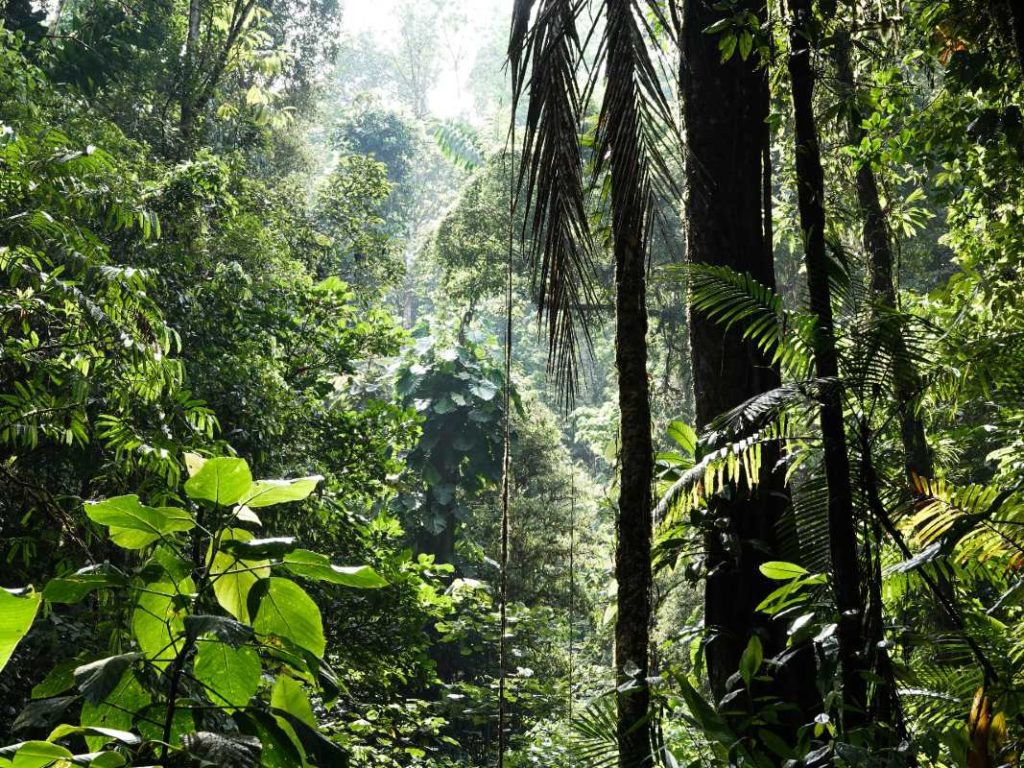Barry Callebaut writes on their website about the relationship between biodiversity and sustainable cocoa and what biodiversity means to them in the context of their “carbon and forest positive by 2025.” action plan.
The company is building their biodiversity approach around four pillars:
- Using Biochar on farms
- Tree nursery’s providing seedlings for cocoa and non-cocoa trees
- Tree planting and monitoring
- Restoration of high-value ecosystems
The blog update covers the subject matter at a high level with some injected numbers that are interesting, but difficult to understand in context to the big picture. For example, the distribution of nearly 1 million seedlings in 2021 sounds like a lot, but is it? We have no reference to place that relative to anything else.
It is similarly difficult to really know what the company means by being carbon and forest positive. It sounds like they will produce more forests than they destroy and produce less CO² than they are able to offset, presumably under a carbon credit scheme. I couldn’t find anywhere that clarified this for me, and I’m suspicious of solutions that rely on offsetting instead of fundamental changes.
We wrote about the bogus nature of most carbon credit schemes recently, and I suppose these are the same kind of schemes that Barry Callebaut may use to offset their emissions.
Taking them at their word to be carbon and forest positive by 2025 I looked at the claims they are making toward progress and found it unimpressive.
Since 2009 we have managed to reduce our relative energy use and carbon emissions by 20%. In the coming years, we expect to make further reductions. At more than 75% of our production facilities, we have appointed an energy champion who will lead on-site energy saving measures. In the coming years, we will introduce an energy champion at all of our sites.
Since 2009 they have only reduced their relative energy use and CO² emissions by 20%. At less than 2% a year, that does not seem like a lot, and it leaves them over 80% to go if they want to be carbon positive, so how will they do that in just 4 years by 2025?
I suppose it must come from those nebulous offsets rather than an actual reduction in the carbon footprint, which as we explained above may, in reality, be no reduction at all. The company goes on to say that since 2009 they have appointed an ‘energy champion’ at 75% of production sites, with more ‘in the coming years? Is there a reason why they couldn’t have done 100% in 1 year?
Griping aside, there are things to like about their approach, such as the use of biochar which we wrote about previously.
The company explains that climate change, poor soil, overuse of fertilizers and pesticides, and a lack of natural inputs, such as shade and pollinators, are adding more pressure on cocoa farmers who are already experiencing declining cocoa yields. Their studies have shown that this is producing good results when used in the soil when planting cocoa trees, acting both as a source of nutrients, which it releases over time, and as a carbon sink.
The company says that biochar, known as “agriculture’s black gold” and made from agricultural waste, such as weeds, leaves and cocoa pods, biochar can be used as a natural fertilizer to improve soil quality. Importantly, biochar can enhance living soils and create carbon sinks. Simply put, while trees can ‘temporarily remove’ carbon from the atmosphere, biochar applied to soil can capture carbon and store it for hundreds of years, thus creating permanent carbon storage.
Barry Callebaut should be applauded for this, and share more widely the results – I’d love to see a research paper on their results so the lessons can perhaps be more widely adopted.

